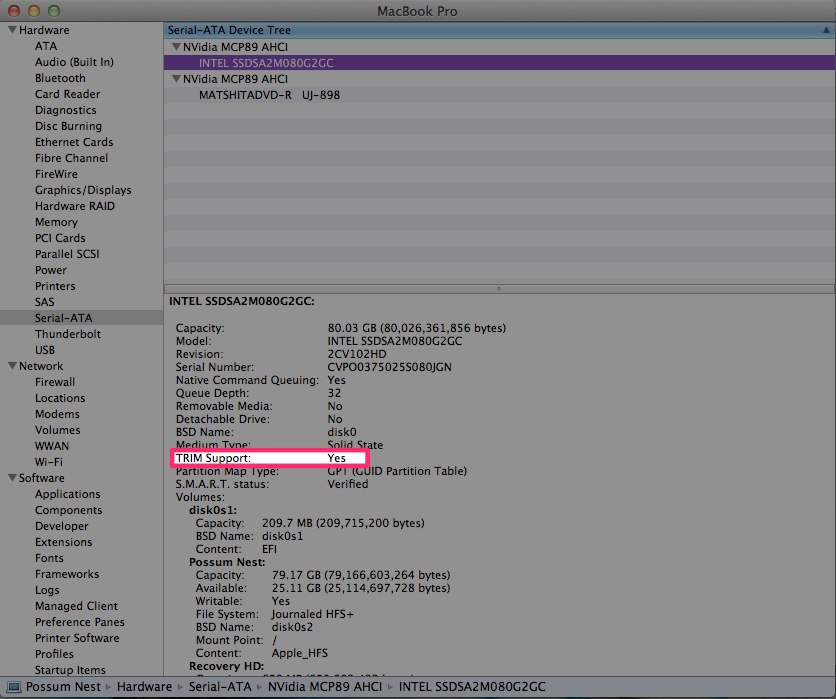

You can check the status of the TRIM function using Windows PowerShell or Command Prompt.

/SSDartwork-56a5d52c5f9b58b7d0dea159.jpg)
TRIM is automatically enabled in Windows 10, if it detects that you are using an SSD.
ENABLE TRIM ON YOUR SSD HOW TO
RELATED: How to Check If your Laptop has an SSD or a Hard disk Drive Check TRIM status in Windows 10 I made sure that trim is enabled by running the fsutil behavior set DisableDeleteNotify command on cmd and it showed 0, so surely its on. This is where the TRIM function comes in as Windows tells the hard drive that a file or chunk of data is no longer needed and can be deleted immediately. SSDs would perform better if files marked for deletion are immediately deleted. That’s why deleting a file on a magnetic hard disk just marked it for deletion instead of physically deleting the file. Older magnetic and mechanical drives did not have this limitation as you could write new data on top of the pre-existing data, without the need to wipe the disk clean. So, it would be better for the functioning of an SSD, if data marked for deletion is immediately cleared and the space is made free for writing new data. This is why SSD manufacturers recommend that you keep a significant portion of SSDs free or empty to avoid write wear. Sometimes, they also have to rearrange valid data to update it with new data. SSDs have to make space for new data by physically erasing the previously written data which is no longer needed. Now, reading and writing data is fast on a SSD but overwriting data is slower and one of their functional limitation. Yes, in NAND flash a “0” means a charged state or stored data and “1” is no charge. So, a NAND cell or chip reads “0” when it has electrons trapped inside of it and “1” when there’s no charge.


 0 kommentar(er)
0 kommentar(er)
